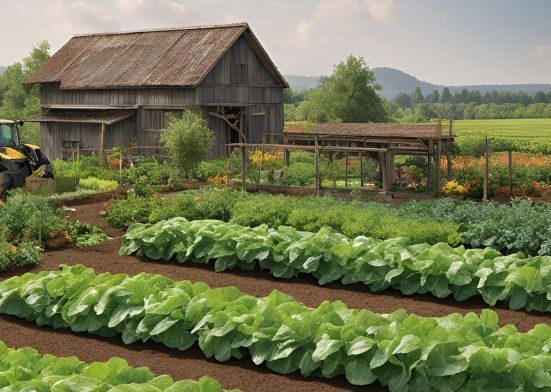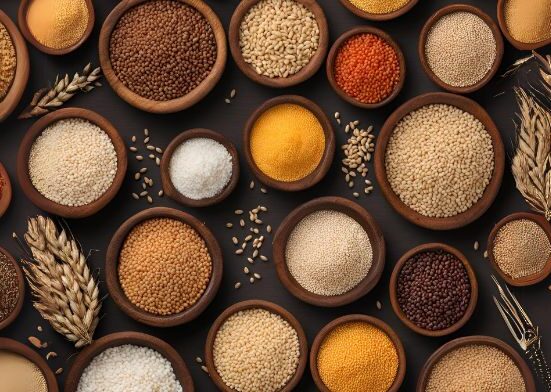Peaches are one of summer’s sweetest rewards juicy, aromatic, and versatile. Whether you want to freeze peaches, can them, bake a cobbler, or make jam, one technique can make the prep work much easier: blanching. Blanching helps loosen peach skins, making them slide right off without a fight, preserving the flesh’s color and texture. In this comprehensive guide, we’ll take you step by step through how to blanch peaches the easy way—no fancy equipment, just basic kitchen tools and a few minutes of your time. We’ll also explore why blanching is so necessary, when to do it, how to troubleshoot common problems, and how to store peaches for future use. Whether you’re a home cook or a food preservation enthusiast, this guide has everything you need.
What Is Blanching?
Blanching is a cooking method in which food is quickly submerged in ice water after being briefly boiled or steam-cooked. The goal is not to cook the food through but to loosen the skin, preserve color, and stop enzyme actions that cause spoilage. When it comes to peaches, blanching is all about easy peeling. The hot water softens the skin, and the cold shock stops the process, allowing the skin to be separated from the fruit flesh How to blanch a peach effortlessly.
Definition of Blanching:
Blanching is a cooking technique that involves briefly boiling fruits or vegetables, then quickly plunging them into ice water to stop the cooking process. This method is commonly used to loosen skins for easy peeling, preserve color, flavor, and nutrients, and prepare produce for freezing or canning. Blanching deactivates enzymes that can cause spoilage, helping extend shelf life while maintaining texture. It’s especially useful for items like peaches, tomatoes, green beans, and spinach. Whether for short-term storage or long-term preservation, blanching is a simple, effective step that enhances both the quality and usability of fresh produce.
Why Peaches Benefit from Blanching:
Peaches have delicate, fuzzy skins that can be hard to peel. Blanching softens the skin, making it easy to slip off without damaging the blanching peaches to peel fruit. It also helps maintain the fruit’s color and flavor when freezing or canning, making it a valuable step in preserving its juicy how long to blanch peaches freshness.</span>
Why Blanch Peaches?
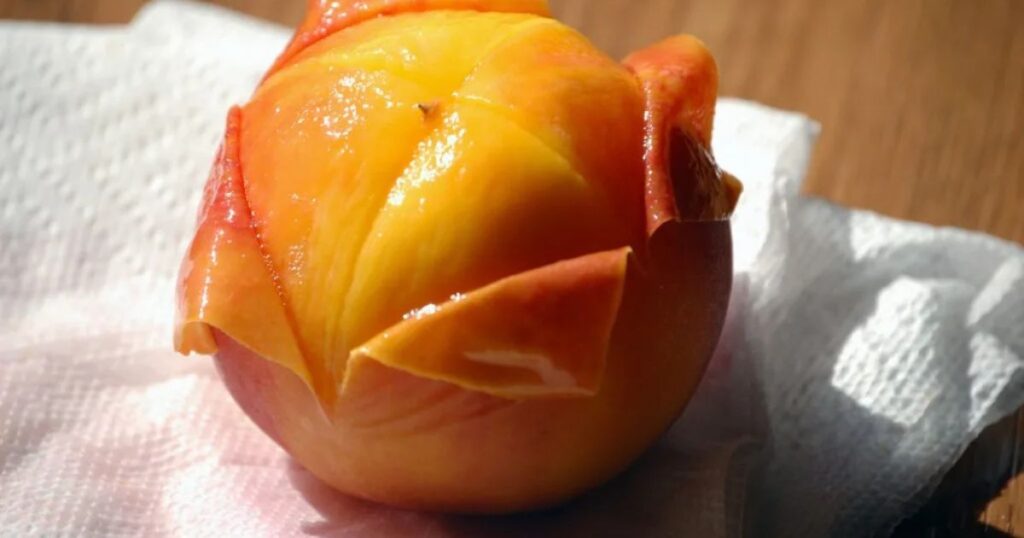 Blanching peaches is a simple yet essential step in preserving their fresh flavor, texture, and vibrant color. This quick process involves briefly boiling peaches and then plunging them into ice water, which loosens their skins for easy peeling. Removing the skins helps prevent bitterness and ensures a smoother texture in recipes like jams, pies, or frozen fruit packs. Blanching also slows down the activity of enzymes that cause spoilage, extending the shelf life of peaches, whether you’re freezing or canning them.
Blanching peaches is a simple yet essential step in preserving their fresh flavor, texture, and vibrant color. This quick process involves briefly boiling peaches and then plunging them into ice water, which loosens their skins for easy peeling. Removing the skins helps prevent bitterness and ensures a smoother texture in recipes like jams, pies, or frozen fruit packs. Blanching also slows down the activity of enzymes that cause spoilage, extending the shelf life of peaches, whether you’re freezing or canning them.
Moreover, it helps maintain the peach’s natural sweetness and juiciness by locking in moisture and nutrients. For anyone looking to enjoy peaches beyond their short harvest season, blanching is a quick and efficient method to prepare them for long-term storage while maintaining their fresh and delightful taste. Whether for cooking or freezing, blanching peaches is a smart step for preserving the juicy goodness of summer throughout the year.</span>
It Makes Peeling Skin Effortless.
Blanching peaches blanched peaches makes peeling their skin effortless by loosening the delicate outer layer without damaging the fruit underneath. This simple technique involves briefly boiling the peaches and then quickly transferring them to ice water, which causes the skin to separate effortlessly. As a result, you can remove the skin smoothly in just a few seconds, saving time and reducing frustration. This method preserves the fruit’s natural texture and flavor, making it ideal for cooking, baking, or freezing. Whether you’re preparing pies, jams, or fresh desserts, blanching peaches ensures a clean, hassle-free peel every time.
Ideal for Freezing or Canning
Freezing or canning fruits and vegetables is an excellent way to preserve their freshness, flavor, and nutritional value for extended periods. Ideal for freezing or canning, this method helps lock in natural colors, textures, and essential nutrients, allowing you to enjoy seasonal produce all year round. Whether you’re preparing peaches, berries, or tomatoes, freezing slows down enzyme activity, while canning uses heat to kill bacteria and seal in freshness. Both techniques save time and reduce food waste, making it easy to have healthy, homemade ingredients ready for cooking, baking, or snacking whenever how do you blanch peaches autumn harvesting needed.</span>
Preserves Color, Texture, and Nutrients
Preserving the color, texture, and nutrients of food is necessary to maintain its quality and freshness. When done correctly, this process helps retain the vibrant appearance, ensuring the food looks as appealing as when it was first harvested or prepared. Additionally, preserving texture keeps the food from becoming mushy or overly dry, providing a satisfying bite and mouthfeel. Most importantly, maintaining nutrients ensures that the food remains healthy and nutritious, retaining antioxidants, vitamins, and minerals that are essential for a healthy diet. This careful preservation enhances both the visual appeal and the overall eating experience, making food enjoyable and beneficial.
Saves Time for Baking, Pies, and Jams
Blanching peaches saves you valuable time when preparing delicious baked goods, pies, and homemade jams. By quickly loosening the skin, it eliminates the tedious peeling process, allowing you to focus on creating your favorite recipes. This simple step not only speeds up preparation but also preserves the fruit’s natural texture and flavor, ensuring your desserts turn out perfectly every time. Whether you’re making a sweet peach pie or a batch of fresh peach jam, blanching helps streamline your cooking, making it easier and faster to enjoy seasonal peaches at their best. It’s an efficient technique for any home cook or baker.
Supplies and Ingredients Needed
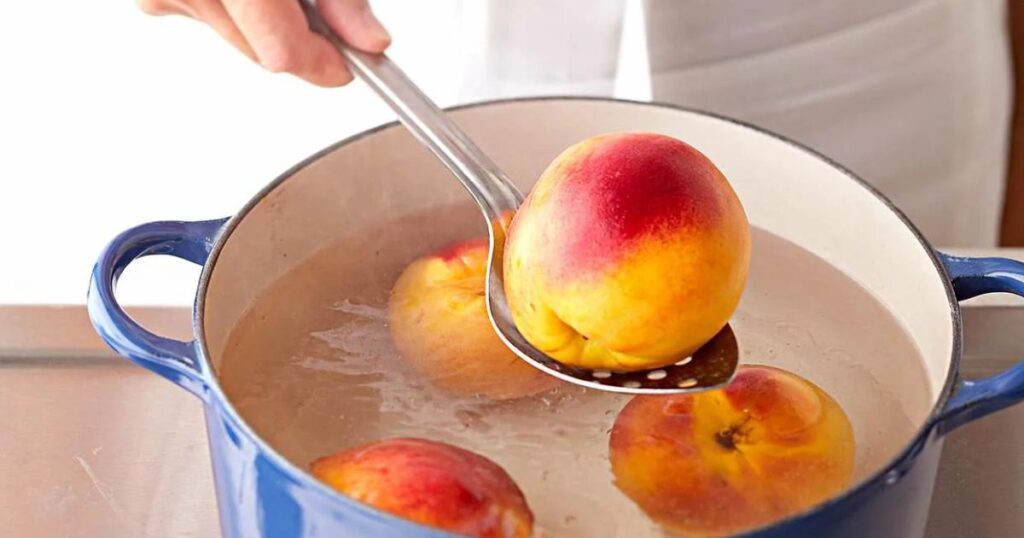 When preparing any recipe or project, having the right supplies and ingredients on hand is essential for a smooth and successful experience. This section outlines everything you will need before you begin, helping you to stay organized and avoid last-minute trips to the store. Depending on the recipe or task, supplies may include kitchen tools such as bowls, knives, measuring cups, and utensils, as well as equipment like blenders, ovens, or baking sheets.</span>
When preparing any recipe or project, having the right supplies and ingredients on hand is essential for a smooth and successful experience. This section outlines everything you will need before you begin, helping you to stay organized and avoid last-minute trips to the store. Depending on the recipe or task, supplies may include kitchen tools such as bowls, knives, measuring cups, and utensils, as well as equipment like blenders, ovens, or baking sheets.</span>
Equally important are the ingredients that form the foundation of your dish or creation. Qual ty ingredients not only influence the final taste and texture but also ensure consistent results. It’s helpful to check the freshness and quantity of each item beforehand. Every day, pantry staples, such as flour, sugar, salt, and spices, often accompany fresh produce, dairy, or proteins, depending on the how long to boil peaches to remove skin recipe.</span>
Fresh Ripe Peaches
Fresh, ripe peaches are nature’s sweet, juicy treasures bursting with vibrant flavor and irresistible aroma. Their velvety skin, blushing with warm shades of orange, pink, and red, invites you to savor each tender bite. Perfectly ripe peaches offer a delightful balance of sweetness and subtle tartness, making them ideal for eating fresh or adding to desserts, salads, and smoothies. Packed with vitamins, antioxidants, and natural juiciness, these peaches bring a refreshing taste of summer in every mouthwatering piece, promising freshness and wholesome goodness straight from the blanching peaches orchard.</span>
Large Pot for Boiling
A large pot for boiling is an essential kitchen tool designed to handle big batches of food with ease. Made from durable materials like stainless steel or heavy-gauge aluminum, it ensures even heat distribution for efficient cooking. Perfect for boiling pasta and potatoes or making soups and stews, its spacious capacity allows you to cook large meals without crowding. Equi ped with sturdy handles for safety and a cover that fits tightly to keep moisture and heat in, this pot is ideal for both everyday cooking and special family gatherings—a versatile must-have for any kitchen.</span>
Slotted Spoon or Tongs
A slotted spoon and tongs are How to Blanch Peaches essential kitchen tools designed for efficient cooking and serving. A slotted spoon features holes or slots that allow liquids to drain while lifting food, making it perfect for removing items from boiling water, frying oil, or sauces. Tongs provide a secure grip, allowing for easy turning, flipping, or picking up food without piercing it, making them ideal for grilling, frying, or serving salads. Both tools help maintain food texture and presentation by minimizing excess liquid and offering precise handling during cooking and how to freeze peaches plating.</span>
Step-by-Step Blanching Process
Blanching is a simple yet essential cooking technique that helps preserve the color, texture, and nutrients of fruits and vegetables. The step-by-step blanching process begins by bringing a large pot of water to a rolling boil. While waiting, prepare a large bowl of ice water to stop the cooking immediately after blanching. Next, carefully immerse the produce—such as peaches, green beans, or broccoli—into the boiling water.
Blan h for a brief, precise time, usually between 30 seconds and a few minutes, depending on the vegetable or fruit. Once the time is up, quickly transfer the produce to the ice water bath to halt the cooking process and preserve freshness. After cooling, drain, and pat dry the produce before using or freezing. This technique makes peeling easier, maintains vibrant colors, and keeps food crisp and nutritious. Perfect for meal prep, freezing, or canning, blanching prolongs the freshness and quality of your fruits and vegetables.
Select the Right Peaches
Choosing the perfect peaches starts with looking for vibrant colors and a sweet fragrance. Ripe peaches have a golden-yellow background with a rosy blush and yield slightly to gentle pressure, indicating juiciness inside. Avoid peaches that are overly hard, green, or have bruises and wrinkles, as they may lack flavor or freshness. Selecting peaches with a fragrant aroma ensures they’re ready to eat or use in recipes. Whether for eating fresh, baking, or canning, picking the right peaches guarantees delicious sweetness and perfect texture every time.
Prepare Boiling Water
Preparing boiling water is a simple yet essential step in many cooking and beverage-making processes. Star by filling a clean pot or kettle with fresh, cold water. Place it on the stove or turn on an electric kettle, then heat until the water reaches a rolling boil—visible bubbles rapidly rising to the surface. Boiling water ensures it’s safe for consumption and ready for tasks like blanching vegetables, brewing tea or coffee, and sterilizing utensils. Alwa handles boiling water carefully to avoid burns or spills.
Tips for Perfect Blanching
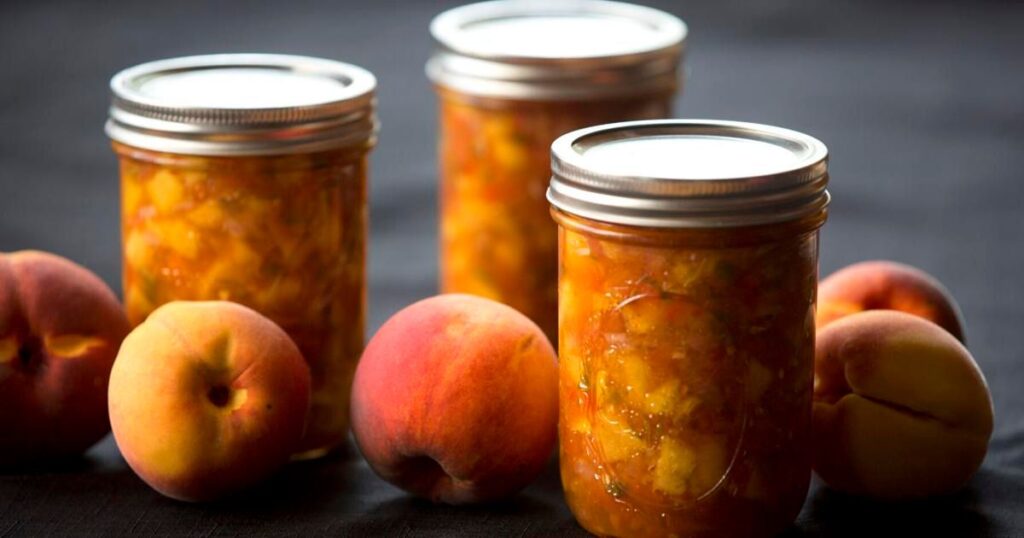 Blanching is a simple yet essential cooking technique that helps preserve the color, texture, and nutrients of vegetables and fruits before freezing or further cooking. To achieve perfect blanching, start by selecting fresh, high-quality produce. Use a large pot of boiling water or steam to ensure even heat distribution. Timing is crucial—blanch for just the right amount, usually between 1 and 5 minutes, depending on the item, to avoid overcooking.
Blanching is a simple yet essential cooking technique that helps preserve the color, texture, and nutrients of vegetables and fruits before freezing or further cooking. To achieve perfect blanching, start by selecting fresh, high-quality produce. Use a large pot of boiling water or steam to ensure even heat distribution. Timing is crucial—blanch for just the right amount, usually between 1 and 5 minutes, depending on the item, to avoid overcooking.
Immediately transfer the blanched produce to an ice bath to prevent cooking and preserve freshness. This quick cooling step helps maintain crispness and vibrant color. Always drain well before freezing or using in recipes. Using a timer and preparing all your tools ahead will streamline the process. By following these tips, you’ll enjoy perfectly blanched vegetables and fruits that taste fresh, look appealing, and retain their nutritional benefits for months to come. Perfect blanching is the key to preserving quality and making meal prep easy.
Don’t Overcrowd the Pot
When cooking, it’s essential not to overcrowd the pot, as too many ingredients packed together can cause uneven cooking. Overcrowding traps steam and moisture, leading to soggy or steamed food rather than the desired crispy or browned texture. It also lowers the temperature of the pot, making it harder to maintain consistent heat. If required, cook in batches to get the best results. All items have sufficient space for heat to circulate each piece. This ensures even cooking, better flavor, and a perfect texture every time.
Use Ripe but Firm Peaches
Using ripe but firm peaches is crucial to achieving the ideal balance of texture and sweetness in your recipes. Ripe peaches offer a natural juiciness and rich flavor, while their firmness ensures they retain their shape during cooking or baking. This combination prevents mushiness and maintains a pleasant bite, whether you’re making pies, jams, or fresh salads. Sele-ting peaches that are just ripe enough guarantees a vibrant taste without being overly soft, allowing you to enjoy the fresh essence of the fruit while How to Blanch Peaches keeping your dish visually appealing and deliciously satisfying.</span>
Common Mistakes to Avoid
When tackling any task or project, it’s easy to fall into common pitfalls that can hinder success and waste time. Recognizing these common mistakes early on can save frustration and significantly improve outcomes. Common errors often include rushing without proper planning, overlooking important details, and failing to ask for help when needed. Another widespread issue is neglecting to double-check work, which can lead to avoidable errors.
Additionally, failing to set realistic goals or deadlines can lead to unnecessary stress and burnout. Emotional decisions, rather than logical thinking, often lead to setbacks. By staying organized, seeking feedback, and maintaining patience, many of these mistakes can be avoided. Being aware of these traps enables you to approach challenges more effectively and confidently, ultimately leading to smoother and more successful outcomes.</span>
Blanching too Long (cooks the Peach)
Blanching peaches for too long can cause them to start cooking, which can negatively impact their texture and flavor. Instead of just loosening the skin for easy peeling, over-blanching makes the fruit soft and mushy. This can result in peaches that are less firm and less appealing, especially if you plan to freeze or use them in recipes requiring intact slices. To preserve the natural freshness and firmness of peaches, it’s essential to blanch them just long enough to loosen the skin—typically 30 to 60 seconds—before quickly cooling them in ice Hydroponic Farming For Beginners: A Complete Guide water.</span>
Storing Blanched Peaches
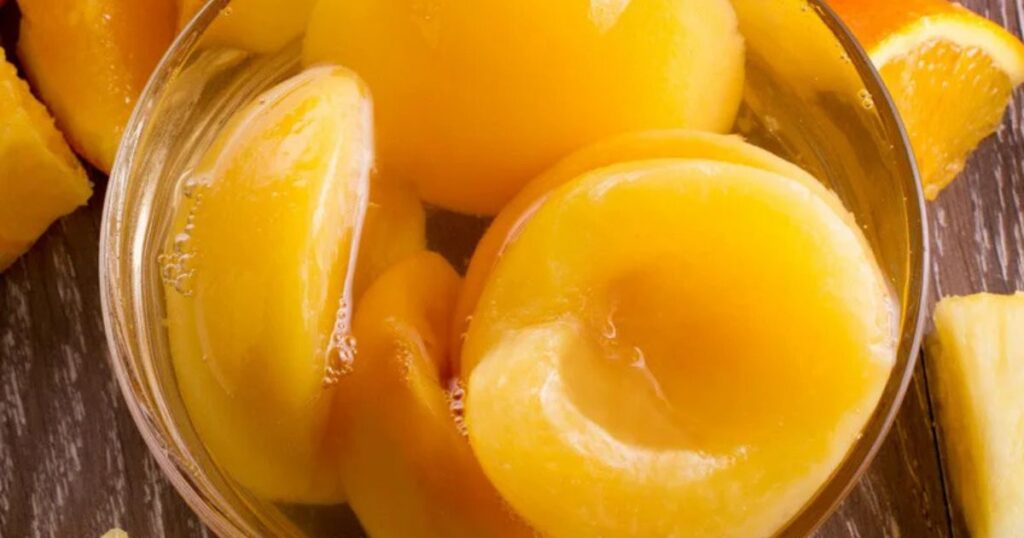 Storing blanched peaches properly is essential to maintain their fresh flavor, vibrant color, and nutritional value. After blanching—briefly boiling the peaches and then plunging them into ice water to loosen their skins—it’s essential to handle them with care. Once peeled and pitted, the peaches should be dried thoroughly to prevent ice crystals from forming during the freezing process. For best results, pack the peaches in airtight freezer-safe containers or heavy-duty freezer bags, removing as much air as possible to avoid freezer burn.
Storing blanched peaches properly is essential to maintain their fresh flavor, vibrant color, and nutritional value. After blanching—briefly boiling the peaches and then plunging them into ice water to loosen their skins—it’s essential to handle them with care. Once peeled and pitted, the peaches should be dried thoroughly to prevent ice crystals from forming during the freezing process. For best results, pack the peaches in airtight freezer-safe containers or heavy-duty freezer bags, removing as much air as possible to avoid freezer burn.
Label each package with the date to keep track of freshness. Stord this way, blanched peaches can last up to 12 months in the freezer, making them ideal for use in smoothies, baking, or cooking during the off-season. When ready to use, thaw the peaches gradually in the refrigerator or use them directly in recipes for optimal texture and flavor preservation. Prop r storage ensures you enjoy peaches year-round with minimal quality loss.
- Short-term storage: Refrigerate peaches to maintain freshness for a few days.
- Freezing instructions: Prepare peaches by peeling, slicing, and blanching before freezing to preserve flavor and texture for long-term use.
- Best uses: Perfect for baking pies and cobblers, making delicious jams, or blending into refreshing smoothies.
Conclusion:
Blanching peaches is a How to Blanch Peaches simple yet essential step that makes peeling effortless and preserves their vibrant color, texture, and nutrients. By quickly dipping peaches in boiling water and then cooling them in ice water, you can easily remove their skins, saving you valuable time and effort in the kitchen. This quick method is perfect whether you’re preparing peaches for freezing, canning, baking, or making jams.
Not only does blanching improve the appearance and quality of your peaches, but it also helps maintain their fresh taste and nutritional value. With just a few easy steps and minimal equipment, anyone can master this technique and enjoy perfectly peeled peaches year-round. Whether you’re a seasoned cook or a beginner, blanching peaches is a handy skill that will elevate your fruit prep and recipes, making it a go-to method whenever peaches are in season or stored for later use.</span>
FAQ:
What is Blanching Peaches?
Blanching peaches is a cooking process where peaches are briefly boiled in water or steamed, then quickly cooled in ice water. This makes peeling the skin easier and helps preserve the fruit’s texture and color.
Why should I Blanch Peaches before peeling?
Blanching loosens the peach skin, making it effortless to peel without damaging the flesh. It a so helps maintain the fruit’s natural color and flavor, which is especially useful for freezing or canning.
How long should I do it?
Typically, peaches are blanched for 30 to 60 seconds in boiling water. Once the skin starts to loosen or peel, remove it immediately to avoid overcooking.
What is the Best way to Cool Peaches after Blanching?
After blanching, immediately plunge the peaches into a bowl of ice water (an ice bath). This stops the cooking process and keeps the peaches firm.
Can I Blanch Peaches Without Boiling Water?
Yes, steaming peaches is an alternative method. Steam them for about 1 to 2 minutes until the skin starts to loosen.




